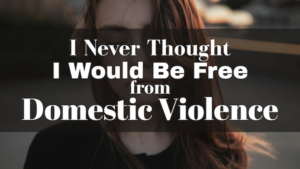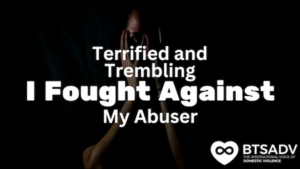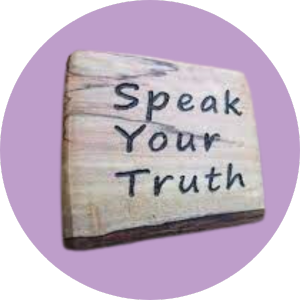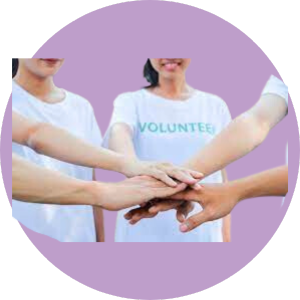While you are getting ready for work with the news on, you see domestic violence reports from the shadow pandemic and a headline about someone killing their entire family. You leave with your kids to get them to school. On the way, you drive past a homeless family with children. You get to work and walk past that person who never talks and seems down every day. After a long day of work, you head home and wait to meet your children at the school bus stop. You see another parent yelling at their child who will not get off the school bus. You scurry away with your children to avoid the situation. This is a normal day for you in your busy life, but how often do you stop to think about what is going on in the community around you?
What would a community that shows support to domestic violence victims look like?
Starting with the children, they need to have programs that will teach them the skills they need for building healthy relationships. These skills include how to manage their feelings effectively, problem-solving skills, non-violent communication, and when to ask for help. These tools can prevent violence before it even occurs in relationships. Also having a program that provides one-on-one interaction for children to communicate and let them know they are safe to speak up if they are in an abusive situation at home or in a relationship. Getting the parents and family involved in these learning programs and having them engage with each other will help the children learn healthy family relationships as well.
Next, direct support to the survivors of domestic violence will help with lessening harms and increasing safety. This support should include providing shelters, legal and financial advice, and counseling. Develop strong plans for victims so they can get care and assistance in the health care system. Being homeless due to leaving a domestic violence situation is one reason someone might choose to stay in an abusive relationship. So domestic violence shelters need to have enough beds and people to help victims get off the streets and back on their feet again.
Developing programs for people to attend at shelter locations is especially important for current victims and survivors as well. If there is a safe and comfortable place for a victim seek support or just to talk, they are more likely to report the abuse. There are also a lot of creative outlets that can help heal trauma for the survivors. Art programs like painting, body art, and pottery are a wonderful way to express and release feelings. Having this creative process is effective for healing from all types of traumas and uniting people with a cause. Writing is another form of creative therapy. Poetry readings and testimonial storytelling are important outlets for individual vulnerability. Reading aloud gives victims an outlet to be heard, let go of difficult feelings, and form a sense of unity as well.
What could you do to contribute to this supportive community?
Being a part of the change can be as simple as listening. Taking the time to ask, “How are you doing?” or “Is there anything you need today?” might be what leads to a change in that person’s life. Offering to help a family in housing crisis look up resources, asking the person at work who if they need someone to talk to, asking the angry parent at the bus stop if they need support… all of these are small ways of potentially making a big impact.
Volunteering is a huge way to help any community support those in need, especially at local domestic violence shelters. Many shelters are in need of volunteers to help with practical maintenance or offering their time to lead programs like the ones mentioned above. Volunteering could also look like offering your time to answer calls for a support line.
To better develop and support prevention strategies towards ending domestic violence, we need to hold our leaders accountable. We need to assert that support programs for victims ought to be a community priority. We need to have laws, law enforcement, and court officials on the same page. We need to go before the officials with our community’s needs and assert that domestic violence is a priority we want addressed. With the leadership behind us we can sustain a strong effort to end violence.
There are so many things that you can do to be a part of a community that supports domestic violence victims and survivors. The more we know and promote strategies of healthy, nonviolent, and respectful relationships the more DV can be prevented. Contact your local community to see where you might be able to help. There is always help needed and a united effort is what the world needs to stop domestic violence.
Websites used in this article:
- https://www.cdc.gov/injury/features/intimate-partner-violence/index.html
- https://vawnet.org/material/mobilizing-communities-prevent-domestic-violence
- https://www.cdc.gov/violenceprevention/intimatepartnerviolence/prevention.html
- https://www.acf.hhs.gov/blog/2020/07/communitys-role-reducing-impact-domestic-violence-times-emergency
- https://vawnet.org/news/how-can-dv-programs-use-arts-promote-healing-and-inspire-action-social-change
- https://preventipv.org/materials/transformative-storytelling-social-change









